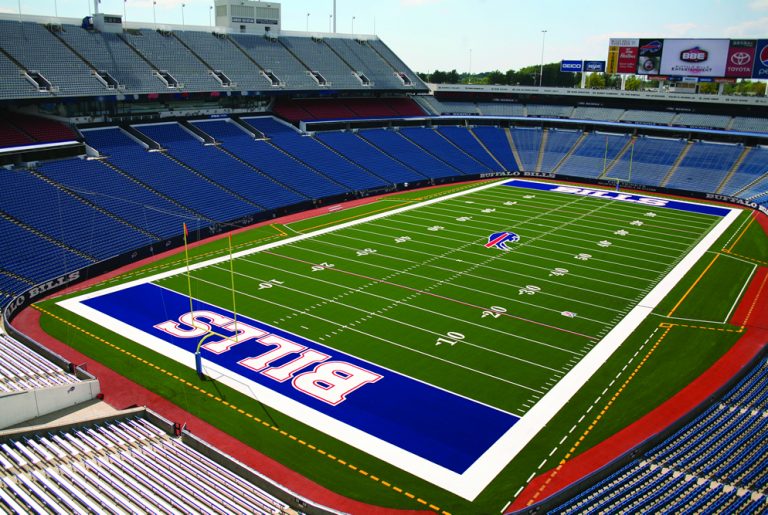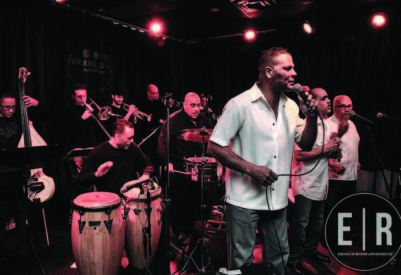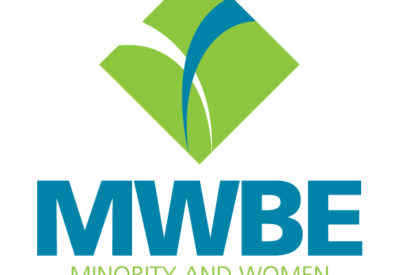
But a taxpayer might wonder: can't the owners of, say, the Cleveland Browns pay for their own stadium upgrade if they have enough money to give Deshaun Watson a $230 million contract to play quarterback?
In 2023, work was underway on multi-year stadium renovations for the New Orleans Saints football team and Toronto Blue Jays baseball team. Then more teams joined the trend, at a pace of nearly one per month.
Cleveland journalist Lucas Daprile recently discovered that for the $300 million Cleveland taxpayers might be asked to pay to upgrade their stadium, the city could build new playgrounds in every one of its 172 parks. It could fund its entire Department of Recreation for 16 years. Or it could build 39 public pools and aquatic centers.
— In January, the Cleveland Guardians announced plans for a roughly $200 million renovation of their baseball stadium over the next three years, aided significantly by public funding.
— In February, the Chicago Bears bought a former suburban horse racing track as a potential site for a new football stadium and surrounding development. That comes even though the Illinois Sports Facilities Authority still owes $589 million through 2032 on public bonds issued for a renovation of the Bears’ current stadium two decades ago.
— In April, the Nashville City Council approved $760 million in local bonds to go with $500 million in state bonds, all to help finance a new $2.1 billion football stadium for the Tennessee Titans. As part of the deal, the Titans agreed to pay off the remaining $30 million of public debt owed for their current stadium, which opened in 1999.
— In May, the Buffalo Bills began construction of a new football stadium. The AP reported in August that cost overruns had pushed the projected price from $1.4 billion to almost $1.7 billion. The portion paid by New York and Erie County remains unchanged at $850 million.
— In June, the Jacksonville Jaguars unveiled designs to renovate their football stadium at a cost of up to $1.4 billion, with as much as an additional $700 million going toward development of the surrounding area.
The Jaguars are seeking a roughly 50-50 financial split with the city, similar to a model recently used to build an adjoining amphitheater and practice facility. The remaining $38 million of public debt from those projects isn’t scheduled to be paid off until 2047.
— In August, the Kansas City Royals unveiled two options for a new, $1 billion baseball stadium as part of an overall $2 billion development that could include hundreds of millions of public funds.
Royals owner John Sherman hopes to have a new stadium open by 2028. That would be three years before Jackson County, Missouri, is to finish paying the remaining $265 million of public debt from the last renovations to the current side-by-side stadiums of the Royals and Kansas City Chiefs.
— In September, the Tampa Bay Rays unveiled plans for a $1.3 billion baseball stadium as the centerpiece of a $6.5 billion development in St. Petersburg, Florida, that also features housing, shopping, dining and a Black history museum. The team is counting on the city and county to cover $730 million of the costs.
— In November, Major League Baseball owners approved the relocation of the Oakland Athletics to Las Vegas. That came five months after Nevada Gov. Joe Lombardo signed a law providing $380 million in public funding to go toward a $1.5 billion stadium. The remaining $13.5 million in public debt on the A’s current California stadium isn’t set to be paid off until February 2025.
— In December, Wisconsin Gov. Tony Evers signed a law providing about $500 million in public funds to help renovate the Milwaukee Brewers baseball stadium, which opened in 2001.
— Later in December, the Baltimore Ravens announced a publicly funded $430 million renovation to their football stadium to take place over three years.
Though lacking specific plans, several other teams also are exploring stadium renovations, including the Arizona Diamondbacks and Baltimore Orioles baseball teams and the Carolina Panthers and Cincinnati Bengals football teams.
Georgia’s professional baseball and football teams each moved into new stadiums in 2017.
The Atlanta Braves relocated from a downtown stadium originally built for the 1996 Olympics to a new suburban ballpark. Cobb County officials committed about $300 million in public funds, covering a little less than half of the new stadium’s costs.
J.C. Bradbury, a Kennesaw State University economist, studied the impact of the Braves’ move to a stadium surrounded by housing, retail, entertainment and commercial developments. He found an increase in local sales tax revenue consistent with greater economic activity, but not enough to cover the public subsidies for the stadium.
Taxpayer assistance for stadiums doesn't come directly out of the playground budget, of course. But there are so many strains on city funds, between roads, schools, police, fire, transit, public housing, and other concerns that seem more vital to the public good than having the biggest Jumbotron and most opulent locker rooms.





